Do you have a question about the Toyota 2004 Camry and is the answer not in the manual?
Details the layout and components of the instrument panel with a lever type parking brake.
Explains the instrument cluster layout for the 2AZ-FE engine.
Lists and describes various warning and indicator lights on the instrument panel.
Describes the master keys and sub key, including their functions and handling.
Explains the theft prevention system that uses a transponder chip in the key.
Details the procedures for locking and unlocking the side doors using the key or inside lock knob.
Explains the operation of automatic and manual power windows, including jam protection.
Describes how to open and close the trunk lid, including safety precautions.
Explains how the theft deterrent system works to deter vehicle theft with an alarm.
Provides precautions for driver and front passenger seat positioning for airbag safety.
Details seat belt precautions, fastening, and adjustment for proper restraint.
Explains SRS driver and front passenger airbags, their operation, and safety precautions.
Provides guidelines and precautions for using child restraint systems.
Instructions on how to change the steering wheel angle and adjust its position.
Details on how to adjust mirrors and safety precautions.
Explains the automatic anti-glare function to reduce glare from headlights.
Describes how to use the vanity mirror and its lights.
Explains the operation of headlights, turn signals, and automatic light control system.
Describes how to turn on and off the emergency flashers.
Details the operation of windshield wipers and washer fluid.
Explains how to operate the rear window and outside mirror defoggers.
Describes the fuel gauge and its low fuel level warning light.
Explains the engine coolant temperature gauge and what to do if the engine overheats.
Explains how to read the odometer and trip meters, and how to reset them.
Lists and explains the meaning of various service reminder indicators and warning buzzers.
Details the ignition switch positions and the steering lock mechanism.
Explains the selector lever positions, shift lock system, and overdrive switch.
Describes the shift pattern, recommended shifting speeds, and maximum allowable speeds.
Explains how to set and release the parking brake, including precautions.
Details how to operate the cruise control system, including setting and cancelling speeds.
Introduction to the car audio system, including basic features and operation.
Provides basic information on turning the audio system on/off and switching functions.
Offers tips on radio reception, caring for players, and using various audio features.
Details the controls for the manual air conditioning system, including fan speed and air flow.
Explains the controls and operation of the automatic air conditioning system.
Describes the operation of side and rear vents for air flow control.
Provides instructions on how to check and replace the air conditioning filter.
Explains how to set and reset the digital clock.
Details the information displayed on the multi-information display, such as fuel consumption.
Explains how to use the compass, including calibration procedures.
Provides instructions for programming and operating the HomeLink garage door opener.
Describes how to open, close, and lock the glove box.
Explains how to use the instrument panel and overhead console auxiliary boxes.
Offers tips for the first 1600 km (1000 miles) to ensure smooth operation and long life.
Specifies fuel type, octane rating, and fuel tank capacity requirements.
Explains the purpose and precautions for the three-way catalytic converter.
Details the hydraulic brake system, brake booster, and safety precautions.
Explains the various symbols and information found on tire sidewalls.
Describes summer tires and all-season tires, and their selection criteria.
Provides a checklist of pre-driving checks and adjustments.
Details the procedure for starting the engine, including handling flooded engines.
Offers advice for driving in various conditions like gusty winds and bumpy roads.
Provides guidance for driving in winter conditions, including coolant and battery checks.
Explains the considerations and precautions for towing a trailer.
Offers tips on improving fuel economy and extending vehicle lifespan.
Provides troubleshooting steps for a vehicle that will not start.
Outlines procedures to follow if the engine stalls while driving.
Provides steps to take if the engine coolant temperature gauge indicates overheating.
Details the procedure for changing a flat tire, including safety precautions.
Explains the recommended methods for towing the vehicle safely.
Describes how to use the shift lock override button to shift out of 'P' position.
Provides information on how to obtain replacement keys and what to do if keys are locked in the vehicle.
Offers guidelines to prevent and minimize corrosion on the vehicle.
Provides tips and procedures for washing and waxing the vehicle's exterior.
Details methods for cleaning the vehicle's interior, including upholstery and windows.
Emphasizes the owner's responsibility for performing specified maintenance.
Lists day-to-day care practices important for proper vehicle operation.
Highlights clues that may indicate service is needed for the vehicle.
Explains vehicle emission inspection programs and the OBD system.
Provides an overview of the engine compartment components.
Shows the locations of the fuse boxes in the vehicle.
Offers general safety precautions for performing maintenance.
Details the correct procedure and precautions for positioning the vehicle jack.
Lists necessary parts and tools for performing do-it-yourself maintenance.
Explains how to check the engine oil level using the dipstick.
Details how to check the engine coolant level in the reservoir.
Describes how to check the brake fluid level and add fluid if necessary.
Provides instructions for checking tire inflation pressure for safety and performance.
Explains how to check tire tread for wear indicators and when to replace tires.
Provides guidance on selecting and installing snow tires and chains.
Details when to replace wheels and precautions for installing new ones.
Explains how to check the battery's condition and exterior connections.
Provides safety precautions for recharging the vehicle battery.
Details how to check and replace fuses if electrical components fail.
Illustrates how to access and replace various vehicle light bulbs.
Lists the vehicle's dimensions, weights, and towing capacities.
Provides engine specifications, including type, bore, stroke, and displacement.
Details fuel type, octane rating, and fuel tank capacity.
Lists valve clearance, spark plug type, and fluid capacities.
Provides tire sizes and cold tire inflation pressures for normal and trailer driving.
Lists fuse types, their amperage ratings, and the circuits they control.
Explains how to report safety defects to NHTSA and Toyota.
| Brand | Toyota |
|---|---|
| Model | 2004 Camry |
| Category | Automobile |
| Language | English |
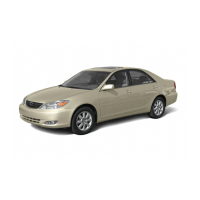
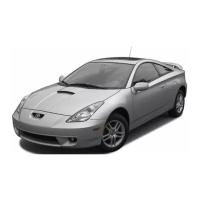
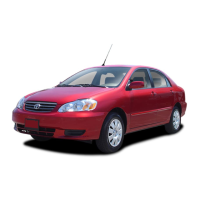
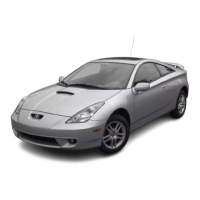

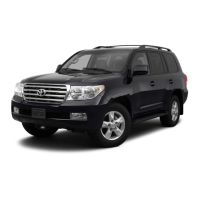
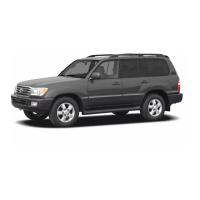
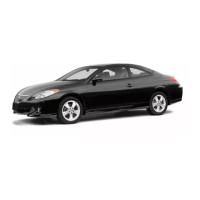
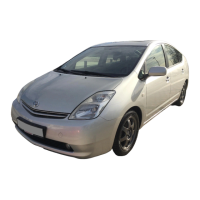
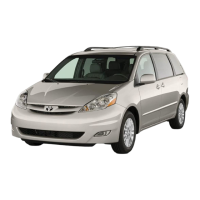
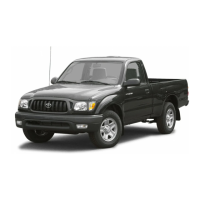

